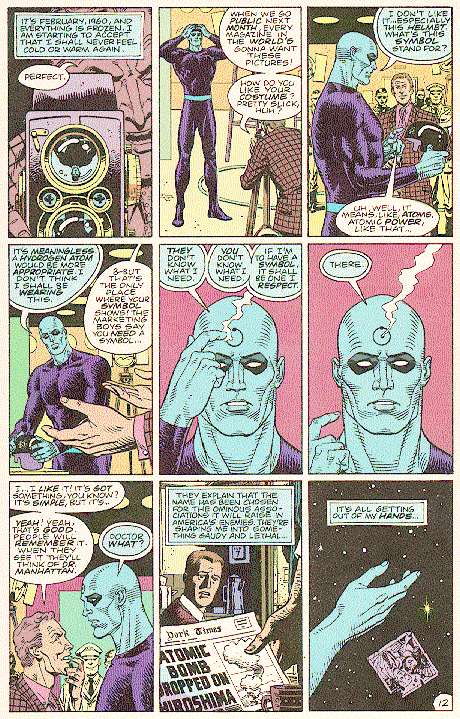

This list contains the 118 elements of chemistry.Molecular Orbital Theory is primarily used to explain the bonding in molecules that cannot be explained by Valence Bond Theory. This is the number of protons in each atom.The atomic number of each element increases than the element preceds it in the same period by whole. An important number in an element is the atomic number. Examples of elements include iron, oxygen, hydrogen, gold, and helium. Elements are the building blocks for all the rest of the matter in the world. Mo ATOMIC NUMBER 42 ATOMIC MASS 95.94 FAMILY Group 6 (VIB) Transition metal PRONUNCIATION muh-LIB-duh-num Discovery and naming The most common ore of molybdenum is.An element is a pure substance that is made from a single type of atom.
So if you have two 1s atomic orbitals you can only make two molecular orbitals from them. Two molecular orbitalsMay be formed by the constructive and destructive overlap of these two atomic orbitals. So what do those principles actually mean?Principle 1: Example – Hydrogen ( H 2 ) Each hydrogen atom has a single valence orbital, this being the 1s orbital. It does not provide an explanation for resonance bonding.Molecular orbital theory does describe resonance.First principle: The number of molecular orbitals produced is always equal to the number of atomic orbitals brought by the atoms that have combined.Second principle: Bonding molecular orbitals are lower in energy that the parent orbitals, and the antibonding orbitals are higher in energy.Third principle: Electrons of the molecule are assigned to orbitals from lowest to successively higher energyFourth principle: Atomic orbitals combine to form molecular orbitals most effectively when the atomic orbitals are of similar energy.OK. Valence bond theory only describes the bonding of single or double or triple bonds. Resonance implies that a bond is neither single nor double but some hybrid of the two.
As you should know by now, stability comes from lowering energy needs. The second principle explains why electrons would want to fill molecular orbitals in the first place. In the specific case of hydrogen each of the isolated atoms has one electron in its 1s orbital and when the atoms combine to form H 2 the two electrons may be accommodated (with opposite spins) in the bonding molecular orbital, as illustrated below. In the case of H 2 both of the valence electrons that form the bond between the hydrogens fill the bonding or s orbital.Principle 2 & 3: This interaction of atomic orbitals, which gives rise to the molecular orbitals, may also be represented in the form of an orbital (electron) energy diagram which shows the relative energies of the orbitals.
This means that 1s orbitals should combine with 1s orbitals and 2p orbitals should combine with 2p orbitals etc. The fourth principle states that stable molecular orbitals are easiest to form when constructed out of atomic orbitals of similar energies. This also explains the third principle statement as well.Principle 4: If you note in H 2 we combined two 1s orbitals to form a single lower energy s molecular orbital.
In the case of He 2, on the other hand, the bond order is ½ (2 − 2) = 0. In other words, there is a single bond connecting the two H atoms in the H 2 molecule. Therefore, the H 2 molecule has a bond order of ½ (2 − 0) = 1.
As you continue from period to period in the periodic table this trend of cancellation amongst the core electrons continues. How many molecular orbitals can form? Which molecular orbitals will form? Which orbitals are filled first? What is the bond order for N 2?1) Since dinitrogen completely fills the Atomic Number On Periodic TableS1s and List Of Elements By Atomic Number*1s orbitals they cancel each other out and it becomes more obvious as to why it is the valence electrons that actually control bonding. This yields a total of 14 electrons to work with.


 0 kommentar(er)
0 kommentar(er)
